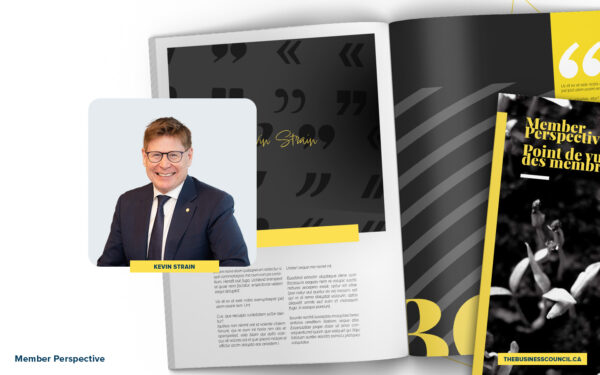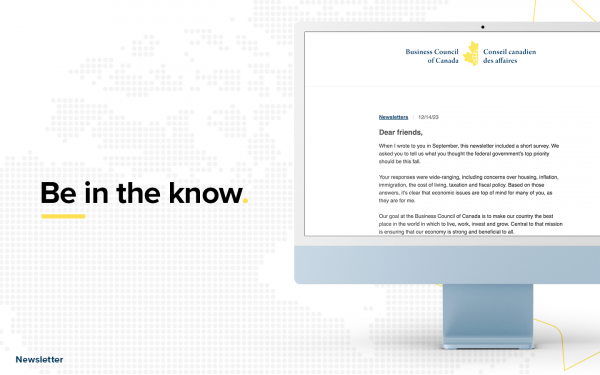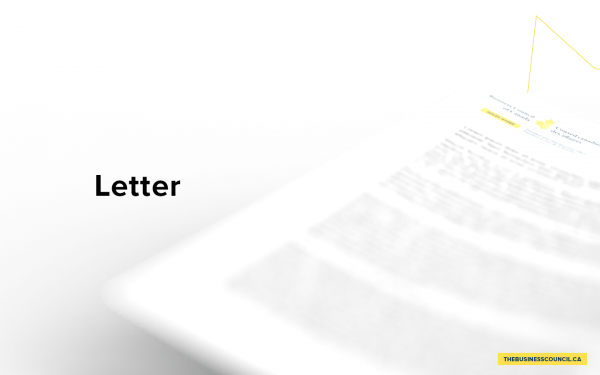How different generations like to be mentored
As published by the Globe and Mail.
The silent generation. Baby boomers. Gen X. Millennials. Generation Z. Much has been made of the fact that, for the first time, the labour force is comprised of five generations. The challenge: How do business leaders mentor such a diverse range of people?
To start, recognize that while the differences are important, they are outweighed by the similarities. People share basic needs in the workplace – stability, inclusion and recognition. With a projected global talent shortage of 85.2 million by 2030, leaders must invest in workplace environments that address common values while also cultivating respect for differences.
A strong and inclusive culture creates bonds through shared values and establishes the foundation for a collaborative team. It enables employees to mentor each other informally by demonstrating how work is approached, how people treat each other, how new ideas are vetted and how change happens.
With a strong culture in place, mentoring can be tailored to specific individuals.
LEAN ON YOUR OWN INDIVIDUALITY
My mentorship posture is defined by who I am: a woman, a child of immigrants and a leader. I, too, had an entry-level job, and I have children in the millennial and Gen Z age range. I lean on different parts of my own experience to guide my interactions with mentees and colleagues of all ages. I have had many informal mentors and now I believe an important part of my responsibility is to be that experienced and trusted teacher. But that doesn’t look the same to everyone in my organization. So I attune my approach based on what a mentee needs. Boomers tend to be more comfortable with a traditional cadence – perhaps a monthly lunch. I’ve found that flexibility-loving millennials, on the other hand, often prefer 10 minutes of my time for a “micro-session” every week or so.
PUSH YOUR MENTEE TO DEFINE THEIR GOALS
No matter the generation, listen first. Ask questions to help them articulate what they need. Challenge generalities. “I want a mentor” is not enough.
When you get to the core of what a mentee needs, it’s usually not specific to age at all. It’s about their fear, aptitude or desire for purpose. Millennials tend to be very collaborative whereas I’ve found Gen Z employees are fiercely independent. For millennials, I’ll help them identify other people or teams with whom they should network. For Gen Z, I focus on ways they can hone their aptitude individually, and then encourage them to share what they learn with others.
Reverse mentoring, where a younger employee and an older employee help each other learn new ideas is also a great intergenerational technique. I invest in providing opportunities to nurture generations’ likenesses, such as resources to create Employee Resource Groups, like HP’s newly formed Working Mothers affinity group or the Mindfulness and Emotional Intelligence Network, or to participate in opportunities to give back around a specific interest such as the environment or education.
Match needs with experience among peers
On the other hand, differences such as communication style, tech expertise or organizational know-how could serve as the basis for what an employee needs to learn. In this case, look for cross-pollination opportunities. Pair experience with newbies; tech with creative; rebels with process gurus. Help engage employees, and give them an opportunity to try a number of different roles. And give mavericks of any age support to try new ideas. A tactic I’ve used with all generations is to offer multiple mentors to an employee, so they can create their own tool box of proficiencies.
I believe it’s important to dissolve barriers. That means creating intergenerational teams to facilitate deeper understanding and better outcomes. It also means our customers and communities benefit from diversity in thinking and experience. Mentor younger employees by inviting them to meetings they may not otherwise be a part of. Conversely, if I’m mentoring someone older, I encourage them to have informal check-ins with junior staff to share stories and provide opportunities for others in the company to learn from them.
A cohesive multi-generational work force can seem unattainable; in reality, it offers unprecedented advantages for employers with the vision and values necessary to extract the benefits inherent to this unique form of diversity. Mentoring toward individual strengths is the key to success.











